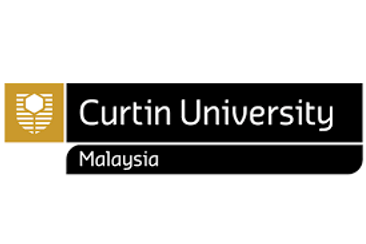
Kayan Language Legacy Project
The Kayan Language Legacy website is created by Dr. Roselind Wan, a Kayan scholar conducting research on the Kayan language. The site serves as a repository of selected works from her research with the Kayan community in the Baram, Sarawak, Malaysian Borneo. Its primary focus is on the Kayan Uma Beluvuh, an Indigenous group from the Uma Beluvuh longhouse in Long Panai (Lung Paney) along the Tutoh River in Baram.
Materials (videos, audios, photos, website background photos etc.,) for the website are sourced from two Language Legacy projects funded by the Endangered Language Fund (ELF):
1. The first ELF Language Legacy project (Jun 2019-Jun 2020) was led by Principal Investigator, Dr Sumathi Renganathan (Universiti Teknologi PETRONAS) together with team members, Dr Inge Kral (Australian National University) and Dr Roselind Wan (Universiti Teknologi PETRONAS). Recordings of Uma Beluvuh oral tradition and culture from this project are archived in The Pacific and Regional Archive for Digital Sources in Endangered Cultures (PARADISEC) https://www.paradisec.org.au/
2. The website is the outcome of the second Language Legacy project (2021-2022), led by Dr. Wan in collaboration with Doh Kayan Telang Usan (DKTU), a Kayan women’s association chaired by the Kayan Paramount Chief, Temenggong Elizabeth Deng. The project also received significant support from Ms. Dora Jok, Curator of Ethnology and Collection Management at the Sarawak Museum.
Materials obtained from other sources will be appropriately acknowledged.

Dr. Roselind Wan is a member of the Kayan community from Uma Beluvuh, Lung Paney (Long Panai). Raised in a traditional Kayan longhouse, she is a fluent speaker of the Kayan language. Her work with the Kayan community in Lung Paney and the wider Baram region builds upon her doctoral research, which focused on the Kayan language, culture, and identity.
Dr Wan is a former lecturer and researcher at Universiti Teknologi PETRONAS (UTP). She is currently an Academic Skills Advisor at Curtin University Malaysia where she continues her very important work documenting the Kayan language.

Temenggong Elizabeth Deng seen here (3rd left) with tekna singers at the Language Legacy project in Miri, Sarawak. February 21 - 22, 2022. Also in the picture are members of Doh Kayan Telang Usan ( DKTU) and Dr Roselind Wan (3rd right).

Ms Dora Jok
Curator
Ethnology and Collection Management
Sarawak Museum.
This project was funded by http://www.endangeredlanguagefund.org/
This project was supported by:


